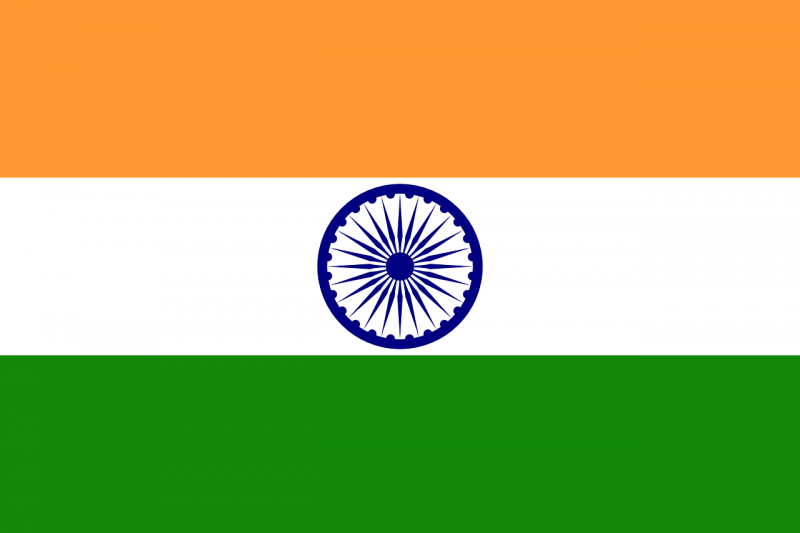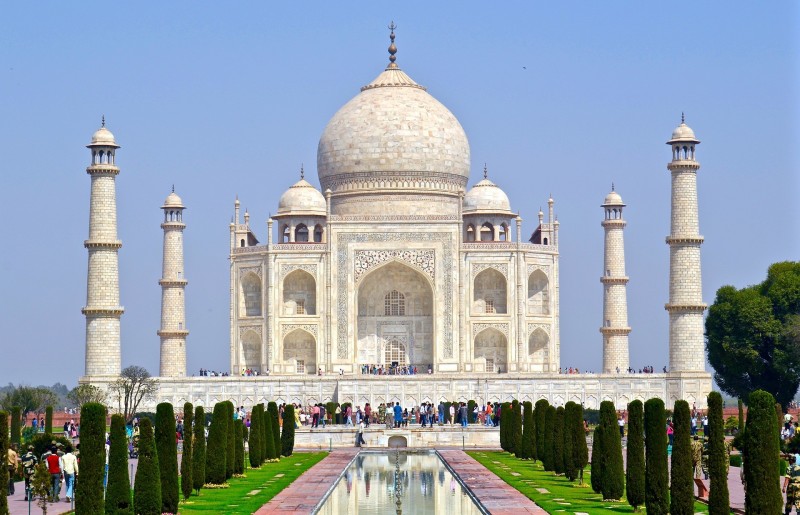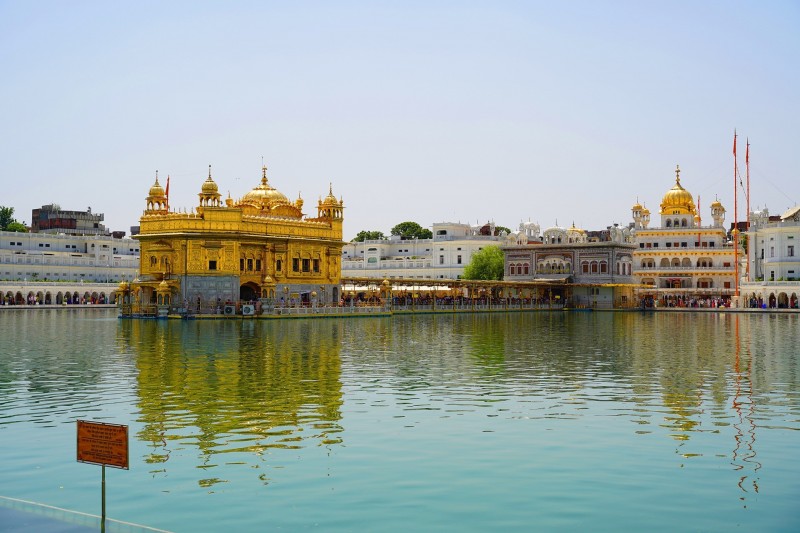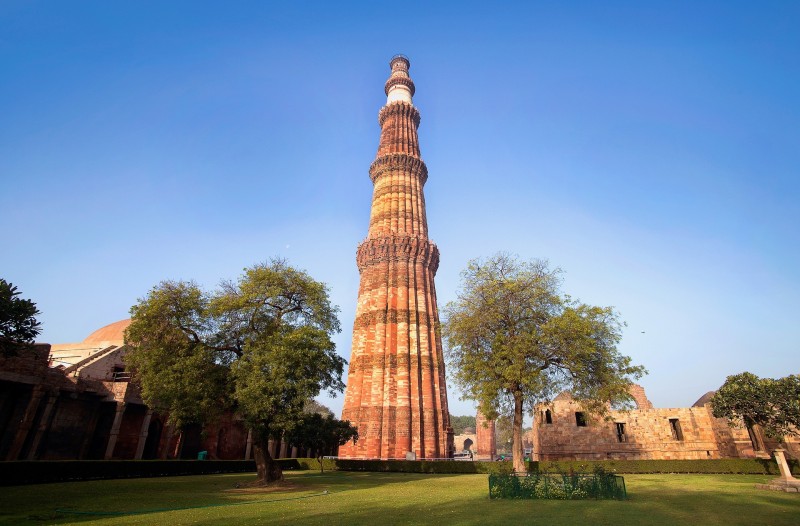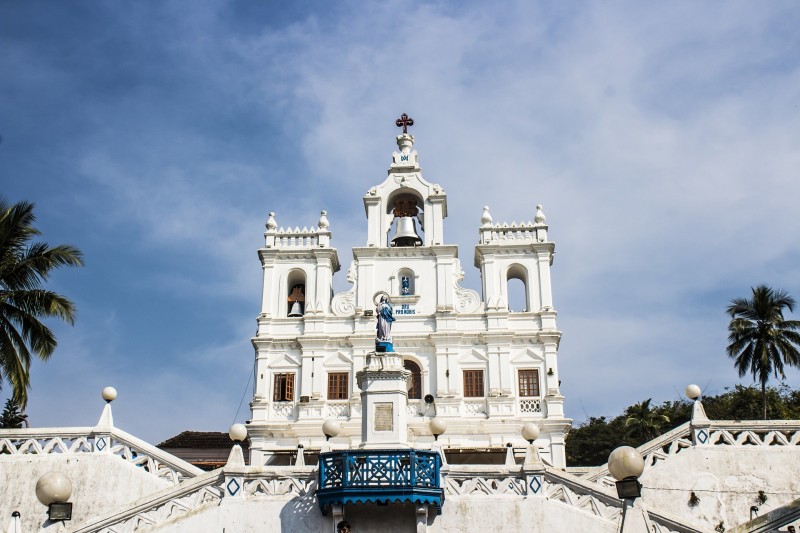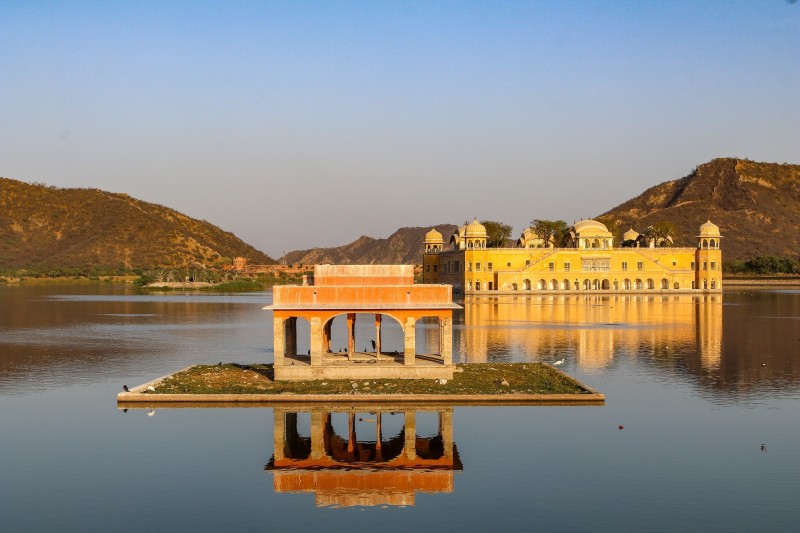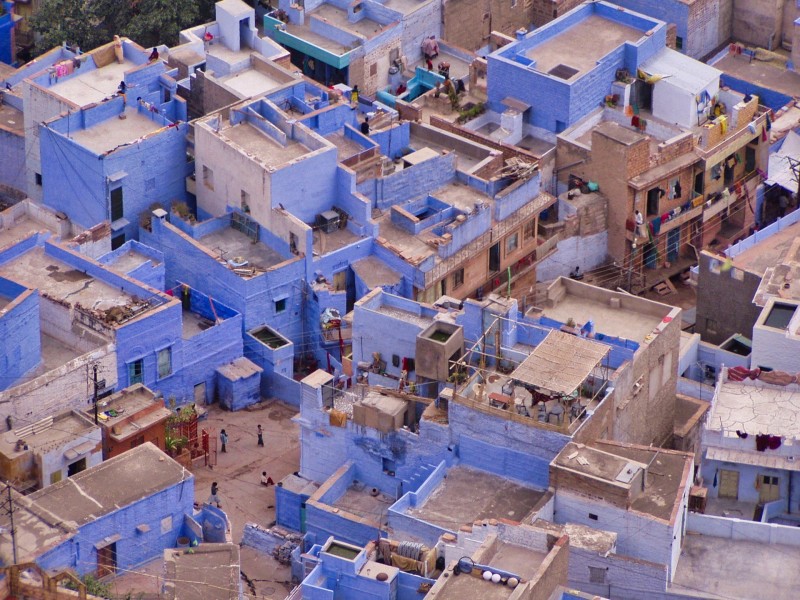India
India
Capital city description
The capital city or the National Capital Territory (NCT) of India is New Delhi. Delhi is divided into two parts; Old Delhi and New Delhi. The Old Delhi was founded in 1639, while the New Delhi was established on December 15, 1911. New Delhi was situated in the north-central part of India and is adjacent south of Delhi city.
Delhi had an approximated population of 18.6 million people in 2016, the fifth most populous city globally. Delhi is the largest city in India, comprising an area of 1484 square kilometers, and New Delhi covers 42.7 square kilometers.
Climate
- Winter: December to March
- Summer or Pre-monsoon season: April to June
- Monsoon or Rainy Season: June to September
- Post-monsoon: October to December
The climate in most areas in India is tropical and affected by the monsoon regime, with a dry and rainy season. The rains are more or less intense and long-lasting, depending on the area. Still, generally, the wettest period is from July to September, except in the southeast, where the retreating monsoon continues until the end of the year. The hottest period generally runs from April to mid-June, i.e., before the arrival of the monsoon, so the calendar's spring is in a way the actual summer. Winter lasts from December to February. In the northwest, the monsoon season is shorter, while in the inland mountains of Kashmir, the monsoon doesn't arrive at all. Along the coasts, it's hot all year round, especially in the center and south, but the breeze tempers the heat.
Languages spoken
As per the Official Languages Act, 1963, Hindi and English are official languages in the Indian Government. Hindi is the most spoken language in the country, followed by Bengali and Marathi. Several other languages have official status at the state level. Below is the list of some most spoken languages in India:
- Hindi
- Bengali
- Marathi
- Telugu
- Tamil
- Gujarati
- Urdu
- Kannada
- Odia
- Malayala
Fun/Fascinating Facts
1. India has the second-largest population of English speakers in the world, following after the USA.
2. It is said that the first-ever diamond recognized and mined was found in India among massive alluvial stone deposits on rivers Krishna and Godavari. Some of the world’s biggest diamonds today were also found in India.
3. India has the most extensive postal system globally, with more than 150,000 post offices, which is remarkably the size of China. India has the world’s only floating post office on Dal Lake, Sri Nagar. The office provides all regular postal services.
4. India is the only county where people created a spa for elephants. These enormous and beautiful animals can get massage individually.
5. The second largest pool of engineers and scientists is from India.
Unique Customs/Traditions
- The Namaste, or namaskar, or 'namaskar' is one of the five forms of traditional greetings introduced in the ancient Hindu scriptures, the Vedas. It translates to 'I bow to you,' and greeting one another with it is a way of saying 'May our minds meet,' shown by the folded palms placed before the chest.
- In India, the concept of a joint family exists, wherein the entire family (parents, wife, children, and in some cases, relatives) all live together. It is primarily because of the cohesive nature of the Indian society and helps in handling pressure and stress.
- The thought of arranged marriage in India traces its origin to as early as the Vedic times. For royal families, a ceremony known as the 'Swayambar' would be set for the bride. Suitable matches from all over the kingdom were invited to compete in some competition to win over the bride, or the bride would herself choose her ideal husband. Even today, the concept of arranged marriage remains a favorite among Indians and is an integral part of 'Indian Traditions.'
- One of the most strange Indian traditions is the tossing of babies from rooftops. Both Hindus and Muslims in India have practiced this annual ritual for over 700 years. Practiced in Baba Umer Dargah near Sholapur, Maharashtra, and at the Sri Santeswar temple near Indi, Karnataka, it's a ritual where babies are shaken and dropped by an experienced devotee of the shrine from a height of around 30 to 50 feet and grabbed in a sheet stretched and held tight by a group of men standing right below. The infants are then immediately returned to their parents. This practice carried out throughout the year is believed to bring the child and its family prosperity, good luck, and health.
- In India, the saying 'Atithi Devo Bhavah' is also essential. It means 'the guest is equivalent to god.' It is a Sanskrit verse taken from the Hindu scriptures, which later became a part of the 'Code of conduct for Hindu society since the guest has always been of supreme importance in the Culture of India.
Popular universities
| Name | Description | |
|---|---|---|
| Indian Institute of Technology Bombay | The Indian Institute of Technology Bombay, founded in 1958, is recognized worldwide as a leader in engineering education and research. The institute attracts the best students for its bachelor's, master's, and doctoral programs and is reputed for the outstanding caliber of students graduating from its undergraduate and postgraduate programs. | |
| The Indian Institute of Science (IISc) | The Indian Institute of Science (IISc) was founded in 1909 due to the joint efforts of Jamsetji Nusserwanji Tata, the Government of India, and the Maharaja of Mysore. In 1886, Jamsetji Tata conceived of a university of science that would work for the benefit of India, and in 1898 created an endowment for establishing such an institution. The Institute was formally vested in 1909, the foundation stone was laid in 1911, and the first batch of students started their studies in the same year. Over the 105 years since its establishment, IISc has become India's premier Institute for advanced scientific and technological research and education. Beginning with two departments and 21 students in 1911, IISc has over 40 departments, units, or centers, 4000 students, and about 500 academic and scientific staff, supported by 600 administrative personnel. | |
| Indian Institute of Technology Kanpur | Indian Institute of Technology Kanpur is a non-profit public higher education institution located in the urban setting of Kanpur, Uttar Pradesh. Established in 1959 and officially recognized by the Department of Higher Education of India's Ministry of Human Resources Development. Indian Institute of Technology Kanpur (IIT Kanpur) offers courses and programs leading to officially recognized higher education degrees such as pre-bachelor degrees (i.e., certificates, diplomas, associate or foundation), bachelor degrees, master degrees, doctorate degrees in several areas of study. International applicants are eligible to apply for enrollment. | |
| University of Delhi | The University of Delhi is a non-profit public higher education institution located in the urban setting of the large metropolis of New Delhi, NCT of Delhi. Established in 1922 and officially recognized by the University Grants Commission of Indi. University of Delhi (DU) offers courses and programs leading to officially recognized higher education degrees such as bachelor's degrees in several areas of study. International applicants are eligible to apply for enrollment. | |
| Indian Institute of Technology Delhi | Indian Institute of Technology Delhi is a non-profit public higher education institution located in the urban setting of the large metropolis of New Delhi NCT of Delhi. Established in 1961 and officially recognized by the Department of Higher Education of India's Ministry of Human Resources Development. Indian Institute of Technology Delhi (IITD) offers courses and programs leading to officially recognized higher education degrees such as bachelor's degrees in several areas of study. International applicants are eligible to apply for enrollment. | |
| Indian Institute of Technology Kharagpur | Indian Institute of Technology Kharagpur is a non-profit public higher education institution located in the suburban setting of the medium city of Kharagpur, West Bengal. Founded in 1951 and officially recognized by the Department of Higher Education of India's Ministry of Human Resources Development. Indian Institute of Technology Kharagpur (IIT Kharagpur) offers courses and programs leading to officially recognized higher education degrees such as bachelor's degrees, master's degrees, doctorate degrees in several areas of study. International students are welcome to apply for enrollment. | |
| Indian Institute of Technology Madras | Indian Institute of Technology Madras is a non-profit public higher education institution located in the urban setting of the large center of Chennai, Tamil Nadu. Established in 1959 and officially recognized by the Department of Higher Education of India's Ministry of Human Resources Development. Indian Institute of Technology Madras (IITM) offers courses and programs leading to officially recognized higher education degrees such as bachelor's degrees, master's degrees, doctorate degrees in several areas of study. International applicants are eligible to apply for enrollment. | |
| Jawaharlal Nehru University | Jawaharlal Nehru University is a non-profit public higher education institution settled in the urban setting of the large city of New Delhi NCT of Delhi. Founded in 1969 and officially recognized by the University Grants Commission of India. Jawaharlal Nehru University (JNU) offers courses and programs leading to officially recognized higher education degrees such as bachelor's degrees in several areas of study. International students are welcome to apply for enrollment. | |
| Savitribai Phule Pune University | Savitribai Phule Pune University is a non-profit public higher education institution located in the urban setting of Pune, Maharashtra. Founded in 1948 and officially acknowledged by the University Grants Commission of India. Savitribai Phule Pune University offers courses and programs leading to officially recognized higher education degrees such as bachelor's degrees in several areas of study. International students are welcome to apply for enrollment. | |
| Vellore Institute of Technology | Vellore Institute of Technology is a non-profit private higher education institution located in the urban setting of Vellore, Tamil Nadu. This institution was established in 1984. It has a branch campus in Chennai. The University Grants Commission of India officially acknowledged VIT University. VIT University (VIT) offers courses and programs leading to officially recognized higher education degrees such as bachelor's degrees, master's degrees, doctorate degrees in several areas of study. International applicants are eligible to apply for enrollment. | |
Festivals & Events
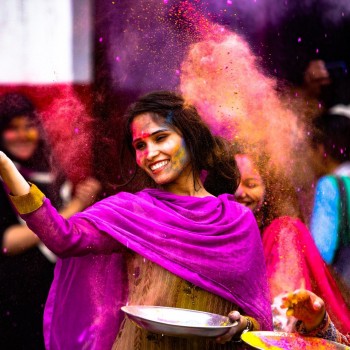
Holi
Date: 29th March
Also known as the festival of colors, Holi is one of the famous festivals of India, which signifies the victory of good (Prince Prahlad) over evil (Holika) and the arrival of spring—celebrated with a lot of enthusiasm across the country.
On the day of Holi, the renowned festival of Indian states, people gather in open areas and apply dry and wet colors of multiple shades to each other, with some carrying water guns and colored water-filled balloons. On the night of Holi, people make immense Holika bonfires and sing and dance around it.
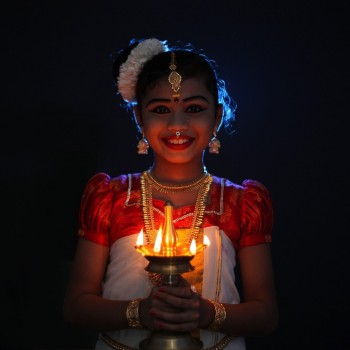
Diwali: The Grand Festival Of Lights
Date: Diwali
Diwali, one of India's most prominent Hindu festivals- festival marks the return of Lord Rama, along with his wife Sita and brother Lakshmana, after a long exile of 14 years. It is celebrated with a lot of pomp and show.
During this festival of lights, houses are decorated with clay lamps, candles, and Ashok leaves. People wear new clothes, participate in family puja, burst crackers, and share sweets with friends, families, and neighbors. It is the most famous festival in India.
.jpg)
Dussehr
Date: September or October of the Gregorian calendar ( 10th day of the month of Ashwin)
Dussehra, also known as Vijayadashami, is one of the most well-known festivals of India in the Hindu religion. Ramlila (enactment of scenes from Ramayana) is held everywhere for ten days. While in Mysore, a colorful procession is taken out, in Kullu, it is celebrated for ten days welcoming their mountain deities in the valley. It’s culminated with “Ravan Dahan” – the burning of giant effigies of Ravana, Meghnath, and Kumbhkaran, which is a natural representation to see.

Ganesh Chaturthi Festival
Date: September
One of the exciting festivals in India- the 11-day Ganesh Chaturthi festival, honors the birth of the beloved Hindu elephant-headed god, Lord Ganesha. The beginning of the festival sees large, elaborately-crafted images of Ganesh installed in homes and public podiums, perfectly decorated.
The statues are worshiped every day throughout the festival. On the last day, they're paraded through the streets, accompanied by much singing and dancing, and then submerged in the ocean. The best place to experience it is in Mumbai.
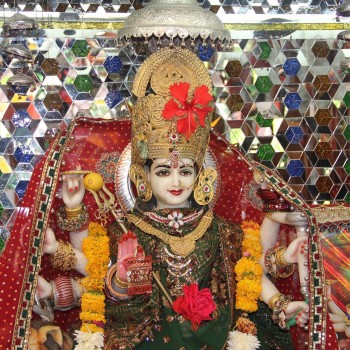
Navratri
Date: From 7th October to 14th October
Navratri is one of the famous festivals of India. It represents the celebration of the Goddess Amba (Power) in nine different forms. All people celebrate this festival throughout India in various ways. In Gujarat, it is a nine-day celebration of renewing Garba nights and highly dynamic Dandiya Raas dances.
People are dressed in beautiful, colorful traditional costumes, and the environment is very modern and refreshing. Fasting is a distinguished tradition of the Hindu religion and is associated with scientific facts. Whenever there is a change in season, one should fast and boost their immunity for the next season.
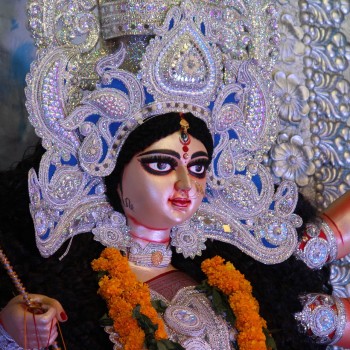
Durga Puja
Date: 15th October
One of India's top religious festivals- Durga Puja, is celebrated with solemnity by Bengalis throughout the country. The ten days of fast, feast, and worship of Goddess
Durga Puja is observed with cultural songs, dances, and dramas. Enormous and beautiful Durga idols are made and placed in specially made artistic Pandals(canopies)
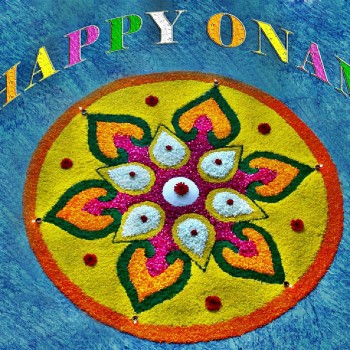
Onam
Date: August
Onam is the most prominent festival of the year in the South Indian state of Kerala. This long harvest festival signifies the homecoming of mythical King Mahabali, showing the state's culture and heritage.
People decorate the ground in front of their houses with flowers arranged in beautiful patterns to welcome the king.
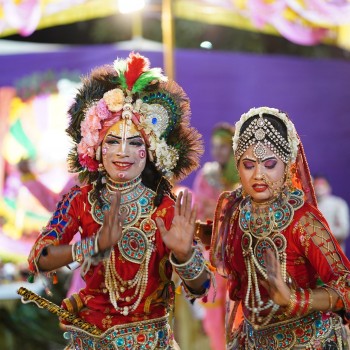
Krishna Janmashtami
Date: 30th August
Janmashtami celebrations in Mathura and Vrindavan are prevalent. It is the annual celebration of the birthday of Lord Krishna. People fast the entire day and break it with a special meal after sunset, making it one of the important festivals in India.
Visiting temples, praying, dancing, and singing bhajans (hymns) at midnight is a part of the celebrations of the birth of Lord Krishna. Usually, small children costume up like Lord Krishna on this day.
.jpg)
Pushkar Camel Fair
Date: November
Pushkar Camel Fair comprises a surprising number of camels uniting on the tiny desert town of Pushkar, in India's state of Rajasthan. During the fair, the camels are dressed up, paraded, shaved, entered into beauty contests, raced, and of course, traded.

Gurpurab
Date: October / November ( falls in the month of Kartik)
One of India's most important Sikh festivals- Gurpurab, a day observed in the remembrance of Guru. On this day, one of the ten gurus of the Khalsa Panth is honored. The Sikhs celebrate 10 Gurpurabs in a year.
During the festival, special gatherings on the lives and teachings of the gurus and langars (community meals) are organized in the gurudwaras. People light up their homes with lamps and candles and burst crackers to celebrate Gurpurab.
Attractions / Top Sights
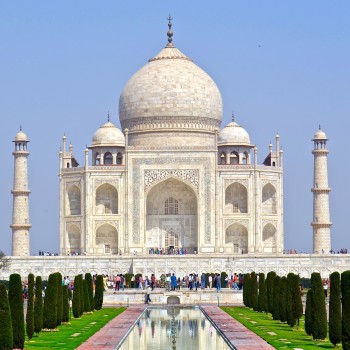
Taj Mahal
When to visit: October to March
When to visit: https://www.nationalgeographic.org/media/taj-basics/
In memory of Emperor Shah Jahan's favorite wife, the Taj Mahal, a mausoleum of white marble, was built in Agra, India, between 1631 and 1648.
Named by UNESCO as a world heritage site, known as "a teardrop on the cheek of eternity," it is one of the masterpieces of Mughal architecture and one of the unique tourist attractions in India.
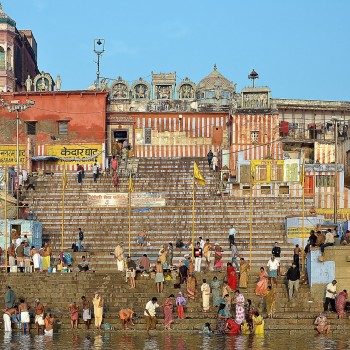
Holy City of Varanasi
When to visit: October to March
When to visit: https://www.touropia.com/tourist-attractions-in-india/
Varanasi, the holy city of India, is also known by the name of Kashi and Benaras. For centuries, Kashi, the city of Moksha for Hindus, has been known for its fine-quality silks, 'paan' and Benares Hindu University and Avimukta of the ancient days. Varanasi is the most famous pilgrimage point for the Hindus.
One of the seven holiest cities, Varanasi city, is also one of the Shakti Peethas and one of India's twelve Jyotir Linga sites. In Hinduism, it is believed that those who die and are cremated here get an instant gateway to liberation from the cycle of births and re-births.
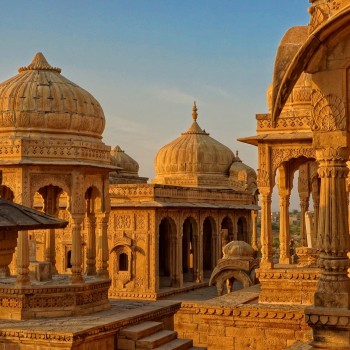
Jaisalmer
When to visit: November to February
When to visit: https://wikitravel.org/en/Jaisalmer
Located in Rajasthan’s remote westernmost corner close to the border with Pakistan, Jaisalmer is the quintessential desert town. The “Golden City” yellow sandstone walls rise from the Thar desert like a scene from the Arabian Nights while the Jaisalmer Fort crowns the city.
The city is dominated by the Jaisalmer Fort, also known as Sonar Qila (Golden Fort). Unlike most forts in India, the Jaisalmer Fort is a living fort. There are shops, hotels, and ancient Havelis (homes) inside the fort area where families have lived for generations.
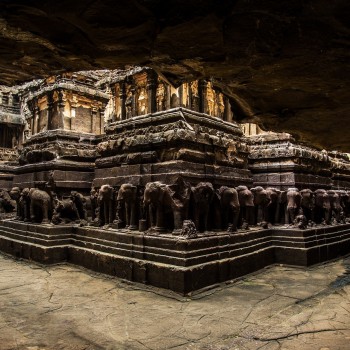
Ellora Caves
When to visit: September to March
When to visit: https://whc.unesco.org/en/list/243
With its uninterrupted chain of monuments from A.D. 600 to 1000, Ellora Caves brings the civilization of ancient India to life- one of the largest monastery-temple cave complexes in the world cut from the rock. Ellora has 100 caves, though only 34 are open to the public. The most extensive single monolithic rock excavation is found at the Kailasa Temple, which covers an area double the size of the Parthenon in Athens.
The Ellora complex is a unique artistic creation and a technological exploit. Its sanctuaries devoted to Buddhism, Hinduism, and Jainism illustrate the spirit of tolerance characteristic of ancient India.
.jpg)
Harmandir Sahib
When to visit: Between November and March
When to visit: https://goldentempleamritsar.org
The Harmandir Sahib, known as the Golden Temple, is the central tourist attraction in Amritsar and the most important religious place to the Sikhs. Construction of the temple was begun by Guru Ramdas Ji. in the 16th century. In the 19th century, Maharaja Ranjit Singh, the upper floors of the temple were covered with gold. It’s a marvelous temple and always full of thousands of pilgrims from all over India, delighted to be at a place they usually only see on television.
The Golden Temple Amritsar India (Sri Harimandir Sahib Amritsar) is a central religious place of the Sikhs and depicts human brotherhood and equality. It also represents the distinct identity, glory, and heritage of the Sikhs.
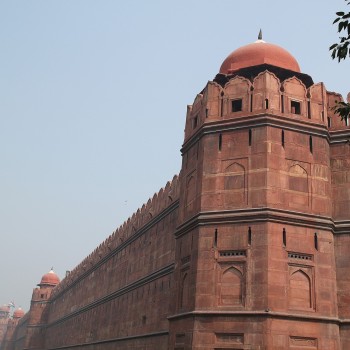
Red Fort in New Delhi
When to visit: November to February
When to visit: https://www.planetware.com/tourist-attractions/india-ind.htm
The majestic crescent-shaped Red Fort in New Delhi covers a vast area of more than two square kilometers, surrounded by a large moat- was built by Shah Jahan in 1648 as the seat of Mughal power–a role it maintained until 1857.
The two most enormous gates: the impressive Lahore Gate (the fort's main entrance) and the elaborately decorated Delhi Gate, highlight the place. The emperor once used them for ceremonial processions.
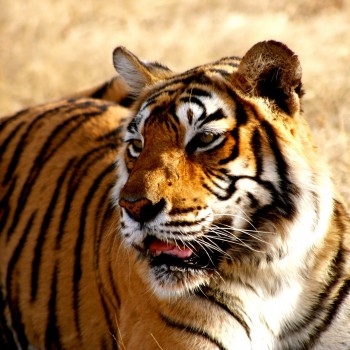
Kanha National Park
When to visit: October to June
When to visit: https://www.kanha-national-park.com/
Located in the Maikal range of Satpuras in Madhya Pradesh, the heart of India that forms the central Indian highlands- Kanha National Park. Spreading across two revenue districts, the Mandala and the Kalaghat, Kanha National Park has declared a reserve forest in 1879 and revalued as a wildlife sanctuary in 1933. The national park is being popularized as the Tiger reserve and is one of the world's most delicate wildlife areas.
The landscapes and the surrounding rich meadows, along with the wooded strands and the dense maroons of forests, offer magnanimous sightseeing experiences for nature lovers. The crystal clear streams amidst the lush jungle cleanse the surroundings and unique wildlife, making the land more beautiful and adorable.
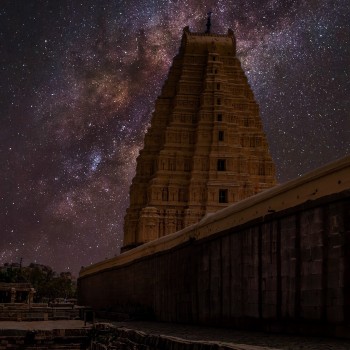
Virupaksha Temple
When to visit: December and February
Virupaksha Temple has located in Hampi 350 km from Bangalore, in the state of Karnataka in southern India. It is part of the Group of Monuments at Hampi, chosen as a UNESCO World Heritage Site. The temple was built by Lakkan Dandesha, a nayaka (chieftain) under Deva Raya II of the Vijayanagara Empire in the 7th century AD and dedicated to Virupaksha, a form of Shiva.
The Virupaksha Temple in the city of Hampi started as a small shrine and grew into a large complex under the Vijayanagara rulers. It is said to be one of the oldest functioning Hindu temples in India.

Palolem
When to visit: November to March
Palolem is the most southerly of Goa’s developed beaches and also one of the most beautiful. It is a natural bay surrounded by lofty headlands on either side, resulting in a calm, idyllic sea with a gently sloping bed. In the season, the beachfront becomes a play-town of colorful and increasingly sophisticated timber and bamboo huts fronted by palm-thatch restaurants.
Palolem is a perfect place to be and is famous with backpackers, long-stayers, and families. The protected bay is one of the safest swimming spots in Goa, and you can comfortably get a kayak and paddleboard for hours here.
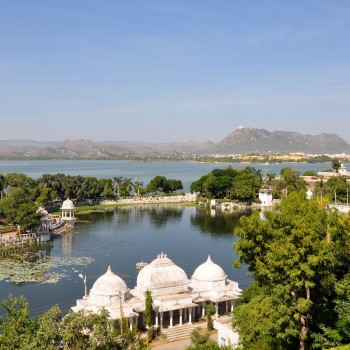
Lake Palace
When to visit: September to March
When to visit: https://www.touropia.com/tourist-attractions-in-india/
Lake Palace, formally known as Jag Niwas, is a former summer palace of the royal dynasty of Mewar, now transformed into a hotel operating under the "Taj Hotels Resorts and Palaces." The Lake Palace hotel operates a boat that transports guests to the hotel from a jetty at the City Palace on the east bank of Lake Pichola.
The palace became well-known in 1983 when it was featured in the James Bond film Octopussy as the titular character's home. The Lake Palace is located on the island of Jag Niwas in Lake Pichola, Udaipur, India, and its natural foundation spans 4 acres (16,000 m2)















